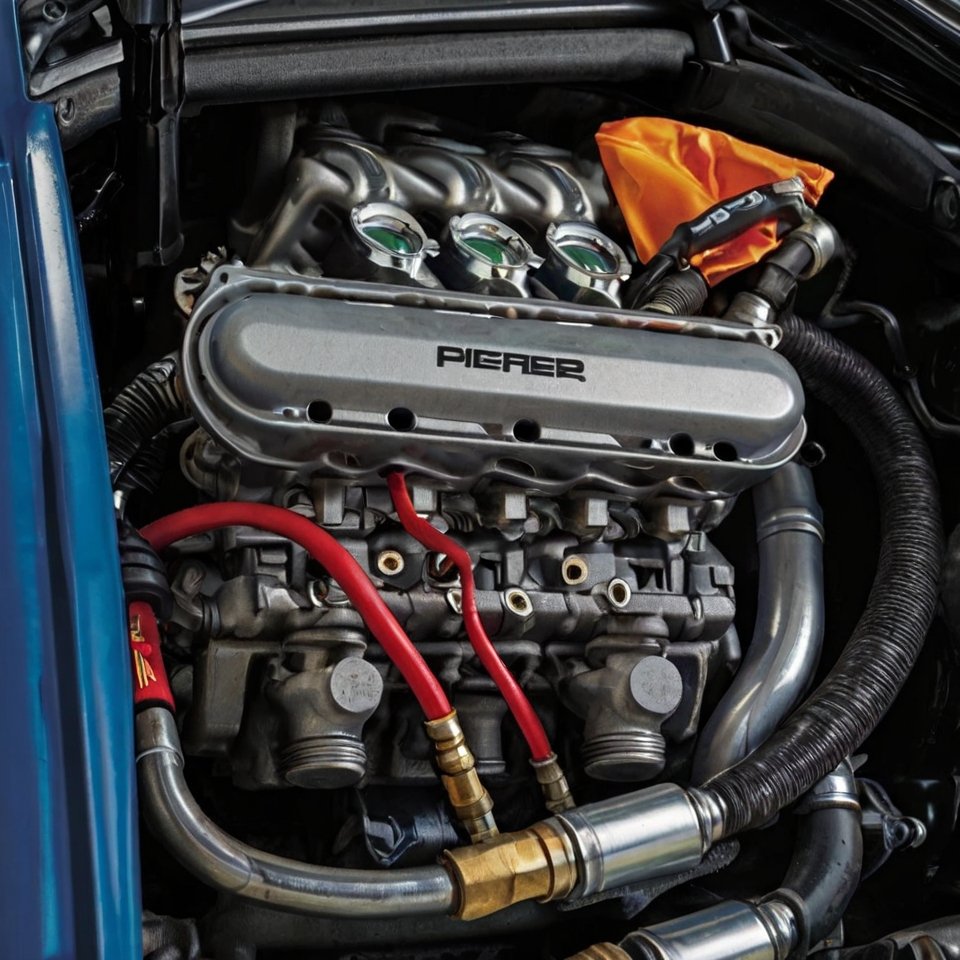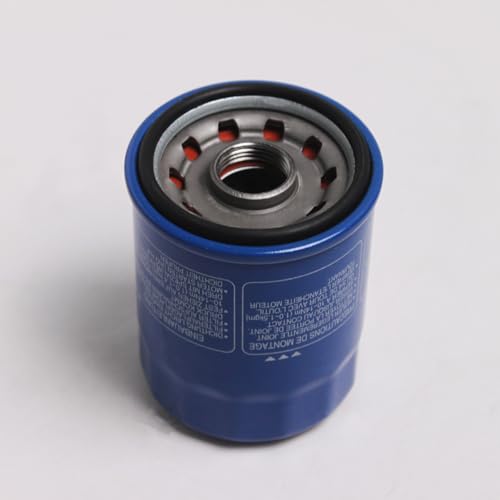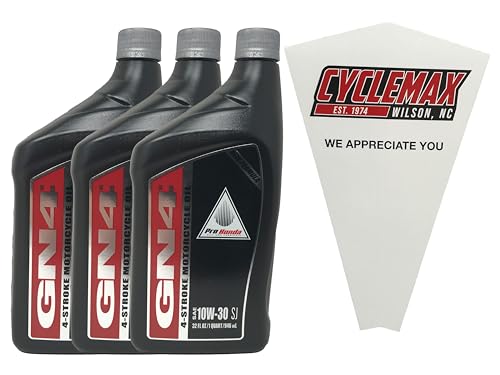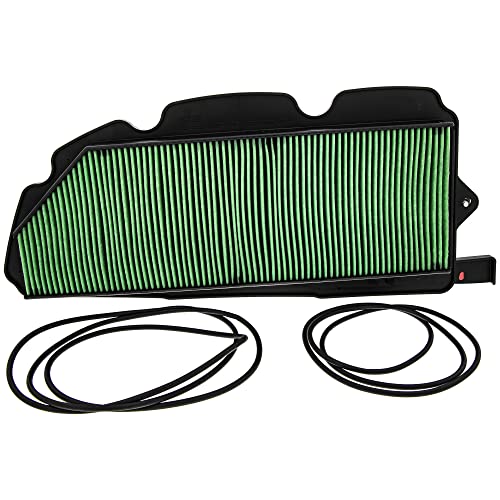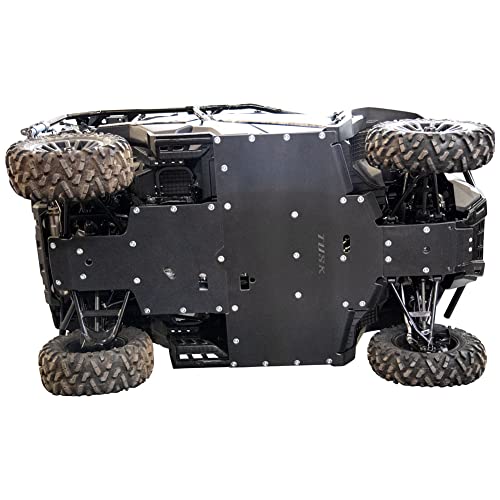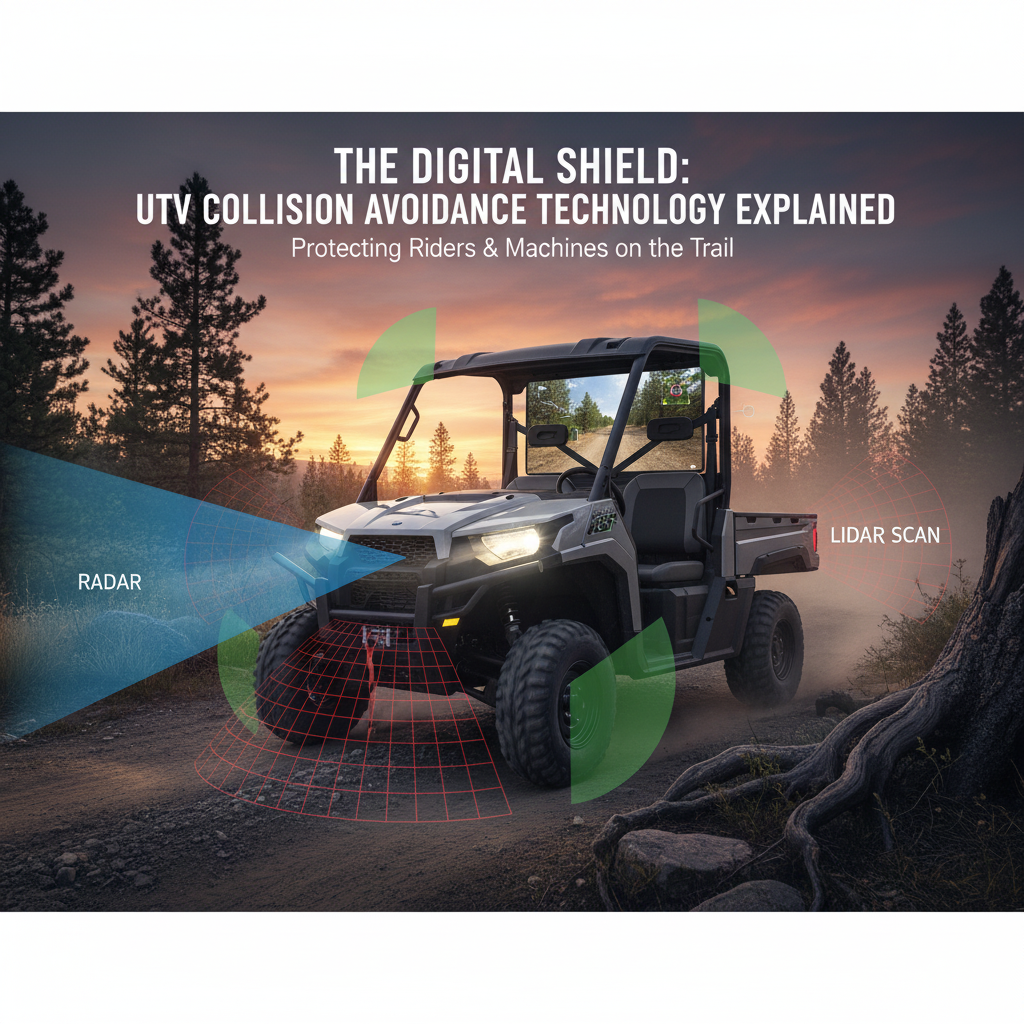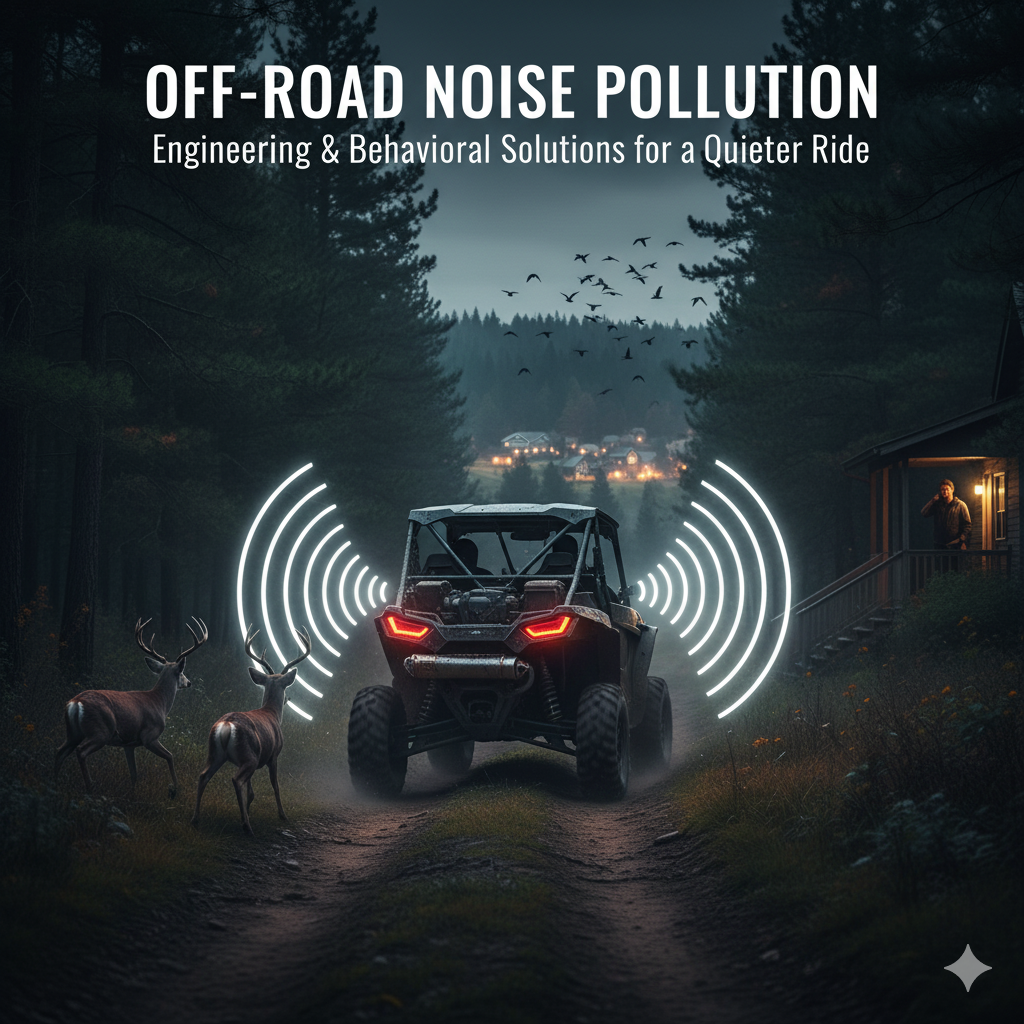Your Honda Pioneer 1000 is more than just a UTV; it’s a workhorse, an adventure companion, and a significant investment.
To ensure it continues to perform reliably for years to come, extending its engine life is paramount.
A well-maintained engine not only delivers consistent power and efficiency but also saves you from costly repairs down the line.
As a dedicated off-road enthusiast, I understand the satisfaction of a machine that runs flawlessly, mile after mile, and the frustration when it doesn’t.
In this comprehensive blog post, I’ll share 7 proven tips to extend your Honda Pioneer 1000 engine life.
These aren’t just theoretical suggestions; they’re practical, actionable steps that can make a real difference in the longevity and performance of your UTV’s heart.
From routine maintenance to smart riding habits, we’ll cover everything you need to know to keep your Pioneer 1000’s engine purring like new.
Let’s dive in and ensure your adventures never stop!
1. Adhere Strictly to the Maintenance Schedule
This might seem obvious, but it’s the single most important factor in extending your engine’s life.
Honda provides a detailed maintenance schedule in your owner’s manual for a reason.
These intervals are carefully calculated to ensure optimal performance and prevent premature wear.
- Engine Oil and Filter Changes: This is non-negotiable. Engine oil lubricates moving parts, dissipates heat, and cleans the engine. Over time, oil breaks down and accumulates contaminants. Regular oil and filter changes (typically every 1,200 miles or annually, whichever comes first) are crucial. Use only the recommended oil type and viscosity, such as Honda GN4 or HP4S, or a high-quality UTV-specific oil.
- Air Filter Inspection and Cleaning/Replacement: Your engine breathes air, and if that air is dirty, it can cause significant internal wear. UTVs operate in dusty environments, so frequent air filter checks are a must. Clean or replace your air filter more often than recommended if you ride in extremely dusty conditions.
2. Monitor and Maintain Proper Fluid Levels
Beyond engine oil, several other fluids are vital for your Pioneer 1000’s health.
Regularly checking and topping off these fluids prevents overheating and excessive wear.
- Coolant: The cooling system keeps your engine at its optimal operating temperature. Check coolant levels before each ride and top off with the recommended coolant. Inspect hoses and clamps for leaks or damage.
- Transmission and Differential Fluids: The Pioneer 1000’s DCT and differentials require specific fluids. These fluids lubricate gears and bearings, and neglecting them can lead to catastrophic failure. Follow the recommended service intervals for changes.
3. Pay Attention to Spark Plugs
Spark plugs are small but mighty components that ignite the air-fuel mixture.
Worn or fouled spark plugs can lead to misfires, reduced power, and increased fuel consumption, putting unnecessary strain on your engine.
- Regular Inspection: Inspect spark plugs at recommended intervals. Look for signs of wear, fouling, or incorrect gap. Replace them as needed with the correct type.
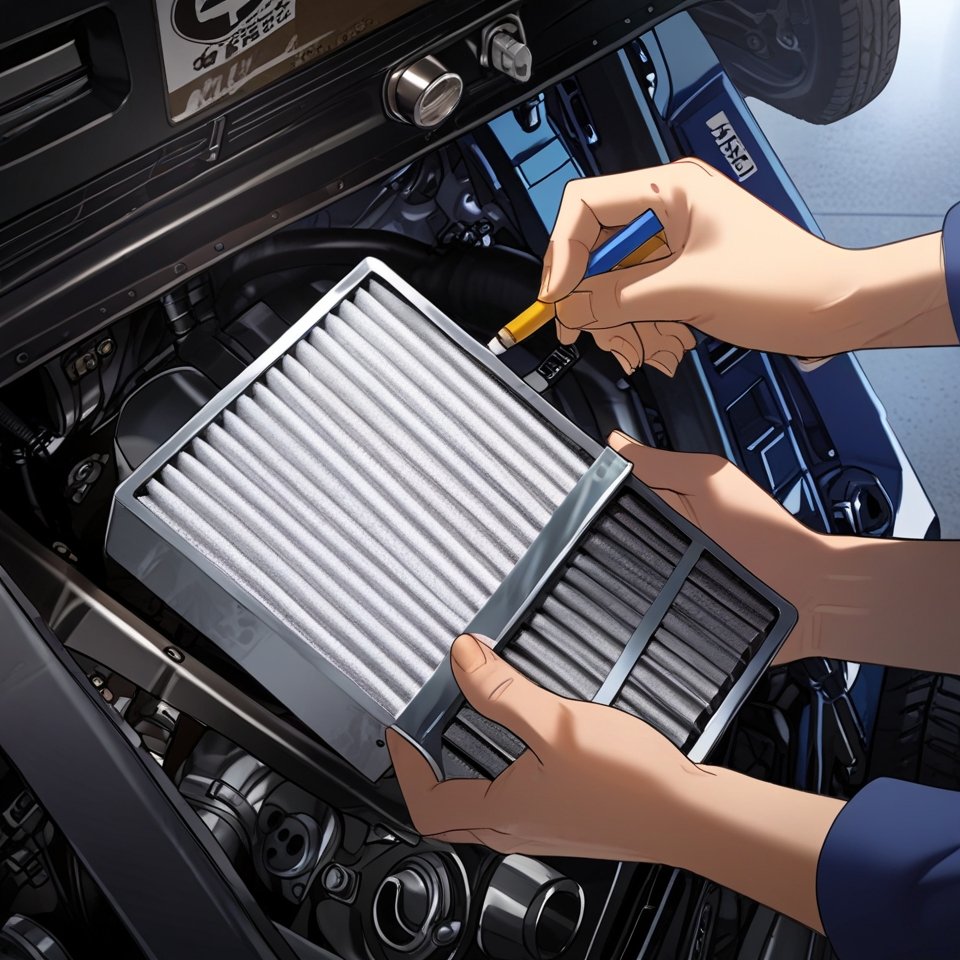
4. Allow for Proper Warm-Up and Cool-Down
Just like any high-performance engine, your Pioneer 1000 benefits greatly from proper warm-up and cool-down procedures.
This helps to ensure all components are at their optimal operating temperature before being put under load, and allows them to cool down gradually after strenuous use.
- Warm-Up: Before heading out, let your engine run for a few minutes at idle. This allows the oil to circulate thoroughly, reaching all critical engine components, and brings the engine to its ideal operating temperature. Avoid revving the engine or putting it under heavy load immediately after starting.
- Cool-Down: After a hard ride or heavy work, especially if you’ve been pushing the engine, allow it to idle for a minute or two before shutting it off. This helps to dissipate heat evenly and prevents heat soak, which can be detrimental to engine components over time.
5. Avoid Excessive Idling and Over-Revving
While warm-up is important, excessive idling can also be detrimental.
Similarly, constantly pushing your engine to its redline can accelerate wear.
- Minimize Idling: Prolonged idling can lead to carbon buildup in the engine and exhaust system, reduce oil pressure, and cause inefficient cooling. If you’re going to be stopped for more than a few minutes, it’s often better to shut the engine off.
- Smart Revving: While the Pioneer 1000 engine is designed for performance, consistently running at maximum RPMs puts immense stress on internal components. Ride within the recommended RPM range for the conditions and avoid unnecessary hard acceleration or prolonged high-speed runs, especially when not needed.
6. Keep Your UTV Clean, Especially the Radiator
Dirt, mud, and debris are the natural enemies of any off-road vehicle.
Keeping your Pioneer 1000 clean, particularly the engine bay and radiator, is crucial for preventing overheating and premature wear.
- Radiator Maintenance: A clogged radiator can severely impede cooling efficiency, leading to engine overheating. Regularly inspect and clean your radiator fins, removing any mud, leaves, or debris. A pressure washer can be effective, but be careful not to bend the delicate fins.
- General Cleanliness: A clean engine bay allows for better heat dissipation and makes it easier to spot leaks or other issues during inspections. Regularly wash your UTV, paying attention to areas where mud and dirt can accumulate.
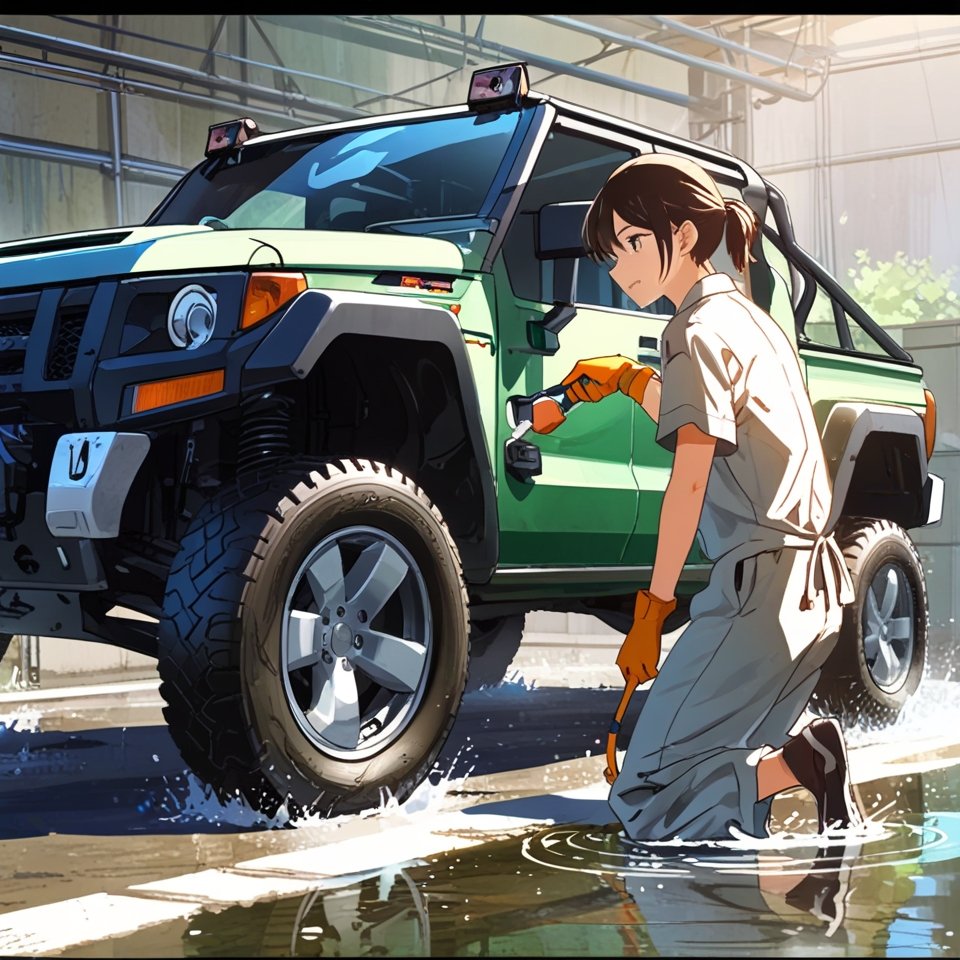
7. Invest in Quality Aftermarket Protection
While Honda builds tough machines, adding certain aftermarket protection can significantly shield critical engine components from damage, especially if you ride in challenging terrain.
- Skid Plates and A-Arm Guards: These protect the underside of your UTV, including the oil pan, transmission, and differentials, from rocks, logs, and other trail hazards. Damage to these components can lead to fluid leaks and catastrophic engine or drivetrain failure.
- CV Boot Guards: CV boots protect the constant velocity joints from dirt and debris. A torn boot can quickly lead to joint failure. Guards add an extra layer of defense.
Conclusion: Your Investment, Protected
Extending the life of your Honda Pioneer 1000 engine isn’t just about following a checklist; it’s about a commitment to proactive care and understanding the demands you place on your machine.
By diligently adhering to the maintenance schedule, paying attention to fluid levels, practicing smart riding habits, and investing in crucial protection, you can significantly prolong the life of your UTV’s engine.
Remember, a well-maintained engine is a reliable engine, ensuring that your Honda Pioneer 1000 is always ready for the next adventure or the toughest job.
These 7 proven tips are your roadmap to years of trouble-free performance and maximizing the return on your investment.
Keep it clean, keep it serviced, and keep exploring!.

